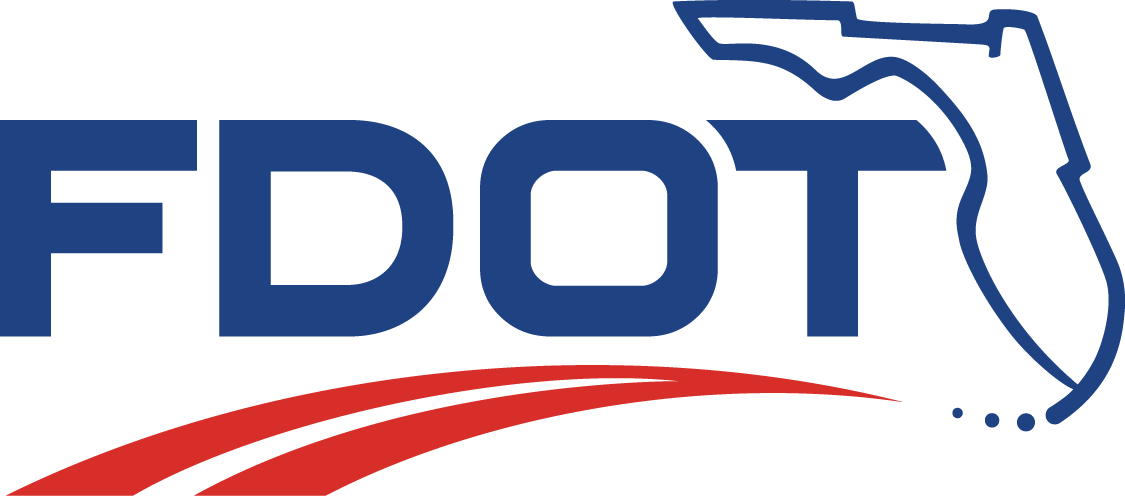Office of Environmental Management
ETDM & EST Overview
EFFICIENT TRANSPORTATION DECISION MAKING (ETDM) PROCESS
The Efficient Transportation Decision Making (ETDM) process is Florida’s approach to evaluating transportation projects during the Planning phase to consider environmental impacts. Developed in response to the "Environmental Streamlining" initiative, the ETDM process promotes early and continuous agency participation and efficient environmental reviews.
Key Aspects of the ETDM Process:
- Stakeholder Involvement: Includes Metropolitan Planning Organizations (MPOs), county and municipal governments, federal and state agencies, Native American tribes, and the public. Each of Florida's seven FDOT Districts including Turnpike by geographic location has an Environmental Technical Advisory Team (ETAT) that reviews projects and provides input on potential environmental impacts.
- Integration of Planning and Development: Connects the Planning and Project Development and Environment (PD&E) phases by carrying forward analyses and decisions to streamline project development. Aligns with the goals of the Moving Ahead for Progress in the 21st Century Act (MAP-21).
- Project Screening: Consists of two stages, Planning and Programming Screens, to assess environmental considerations for Long Range Transportation Plans (LRTPs) and project funding in the FDOT Five Year Work Program or MPO Transportation Improvement Program (TIP).
- Tools and Coordination: Utilizes the Environmental Screening Tool (EST) for data integration and analysis, enhancing communication and coordination among stakeholders.
TRAINING & RESOURCES
ETDM MANUAL
ETDM TRAINING (TRACK 7)
ETDM Agreements
CONTACT
Jonathon A. Bennett
State Environmental Quality and Performance Administrator
Phone: (850) 414-5330
Jonathon.Bennett@dot.state.fl.us
ETDM: ENVIRONMENTAL SCREENING TOOL (EST)
The Environmental Screening Tool (EST) is a critical component of the ETDM process, designed to facilitate efficient environmental reviews and stakeholder interaction.
Features of the EST:
- Development and Functionality:
- Created with rapid software prototyping and user feedback. Integrates a geo-relational database and over 550 GIS data layers for comprehensive environmental analysis.
- Supports data integration, impact analysis, and stakeholder communication.
- Stakeholder Involvement and Use:
- Engages a broad user community, including FDOT Districts, MPOs, federal and state agencies, tribal governments, and the public.
- Processes over 1,500 projects, with more than 350 completing environmental review.
- Technical Implementation:
- Built with industry-standard tools like HTML, JavaScript, and XML, offering a secure platform for agency and public review.
- Enables project data integration, standardized analyses, and comprehensive project views.
- Innovative Features:
- Provides a complete electronic process from project conception to environmental document generation.
- Maintains an online project diary, integrates manual processes, and offers intuitive interfaces with extensive support resources.
- Adaptability and Accessibility:
- Users can customize profiles to access relevant reports, tools, maps, and data.
- The EST allows for flexible updates and enhancements without disrupting existing functionalities.
The EST, accessible via the ETDM Public Web Site, leverages internet and GIS technologies to enhance communication, reduce workloads, and shorten project delivery times. It serves as a central platform where stakeholders access and share project information. Additional information can be found there.






